Most wildlife tales these days are grim. All of Britain’s wildlife is declining, and much of it is vanishing quickly. Most naturalists I meet border on clinically depressed. But just occasionally you come across something in the natural world where the only word you can use is “joy”.
Channonry point is a spot on the coast of Scotland’s Moray Firth, just a hair North of Inverness, and it is probably the best place in Britain to watch dolphins. Bottlenose dolphins are air-breathing aquatic mammals, named for the bottle-like shape of their snout. Scotland’s bottlenose dolphins are the biggest in the world, growing up to four metres (13 feet) long. Their exceptional size comes from the extra-thick layer of insulating blubber that they need to survive in cold northerly waters. And to see that immense animal hurling itself out of the water into the air, as I did recently, is beyond impressive.
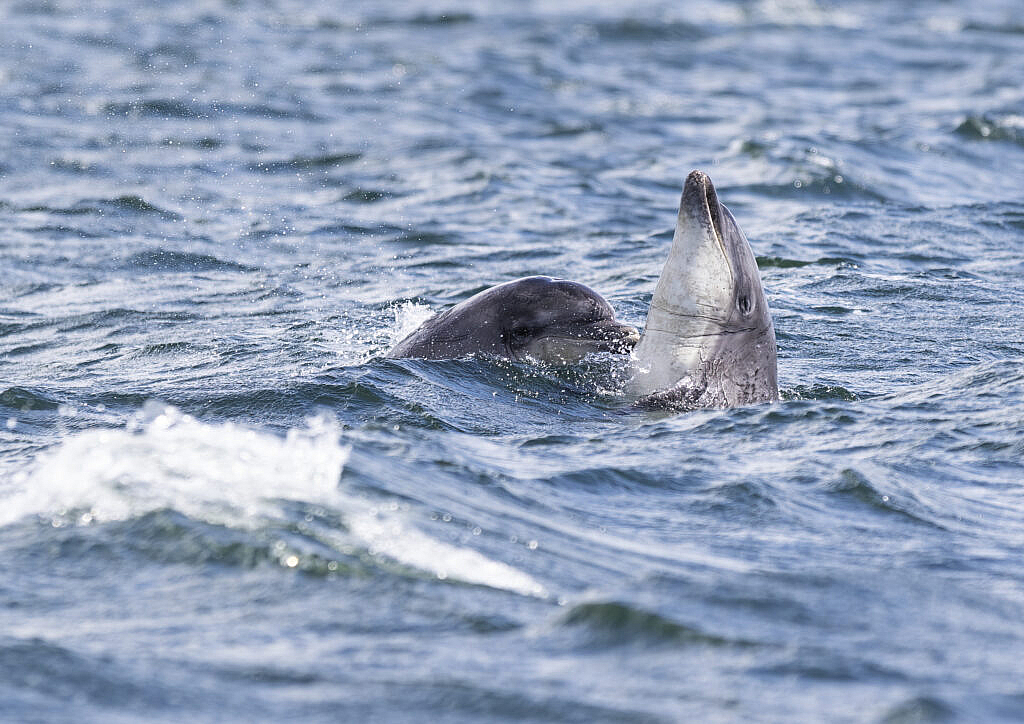
At the Moray Firth, some 2,300 hectares of sea form almost an inland lake, connected to the open ocean by a narrow opening just over 1.25 kilometres wide. The Firth has an average depth of 80 metres, so on each tide billions of litres of seawater are forced through this narrow gap, creating a strong current that sweeps shoals of fish along with it. By a quirk of geography, there is a deep sea channel just offshore at Channonry Point – literally a few feet off the end of the beach at low tide – which many of these fish end up being funnelled through. And that is where the dolphins are waiting for them, like lions in a narrow canyon waiting for the wildebeest to arrive. It makes Channonry Point a place where you can, improbably, keep your feet firmly on dry land yet see dolphins swimming just a few feet in front of you. Add in a car park back up the beach, and you have what amount to the world’s only drive-in dolphins.
Dolphins are extremely intelligent mammals and superbly adapted to the life they lead. Able to swim at 22mph and possessing a click-sonar that means they can find fish in the murkiest waters, they find catching prey no problem. The show (and that really is the best word for it) started with the sudden appearance of sleek fins in the waters around the point. The watching crowd, with sea to the left and the right and in front of them, kept pivoting and pointing as a fin showed over here and then another over there. The dolphins slowly gathered and came closer. Occasionally you could see a spurt of spray as they surfaced the tops of their heads to breathe, blowing through a blowhole just like a whale. They can hold their breath for up to twelve minutes (although half that is more usual) enabling them to dive as far as 300 metres, just shy of a thousand feet, and then resurface without decompressing as a human diver would have to do. This incredible ability made for frustrating watching as where a diving dolphin would resurace was anyone’s guess. For a while, I watched them cruising on the inflowing tide just feet from me, swimming slowly without effort, surfacing to breathe and then diving again in a smooth, balletic curving movement, reminiscent of the rise and fall of a carousel horse, that kept them almost stationary in relation to me as they kept pace with the fast-moving tide. They were waiting.
And then, without warning, things changed.
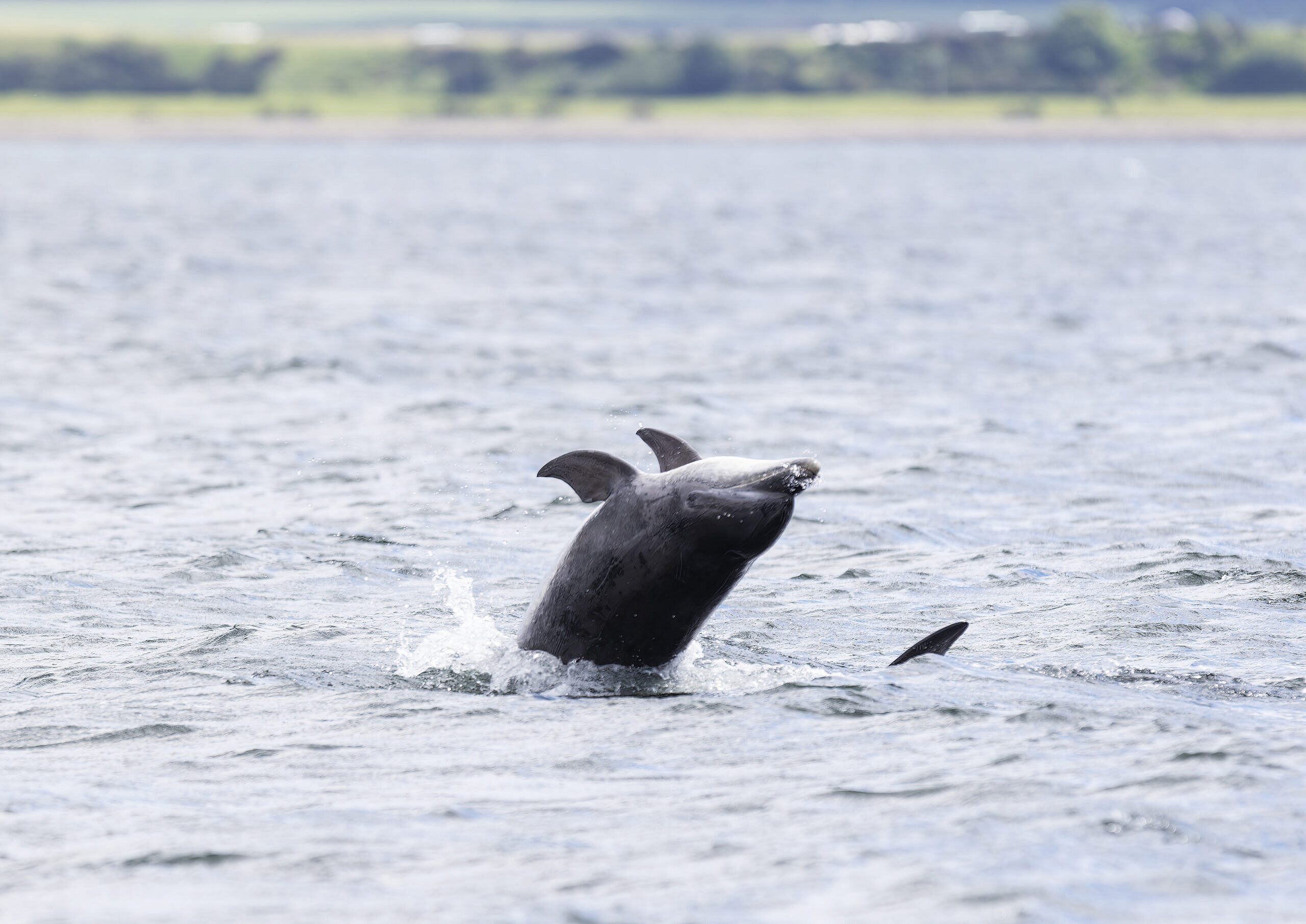
A group of dolphins would flick their tails up and out of the water as they dived deeply. Another would suddenly rev up its engines, moving at speed just under the surface of the water, so that it created a bow wave, like a torpedo in a wartime film. Seconds later it would disappear below the waves. At times, you got a glimpse of the desperate underwater battle between the dolphin and their prey as small fish would suddenly jump clean out of the water in a desperate attempt to escape the underwater roundup. One even landed on the beach before wriggling desperately back into the waves.
A couple of years ago I’d watched the Channonry dolphins catching huge, salmon and then spitting them out again to teach their young how to fish, but this year a drought on Scotland’s west coast has dropped the flow of fresh river water into the Firth, keeping the salmon away, so according to local experts from cetacean watch groups the dolphins were catching much smaller fish – sea-trout and herring. That meant that feeding took longer, which I didn’t mind at all, as it prolonged my time with these charismatic animals.
But then the character of the day changed. Because the dolphins seemed to behave as if work was over for the day and it was playtime. Was it play? Is it a way of strengthening ties between members of a pod? Or is it a territorial activity, with members of one pod displaying their strength and prowess to rivals to claims the best fishing spots? I don’t know, and to be honest, I didn’t care. I was too awe-struck by what I was seeing.
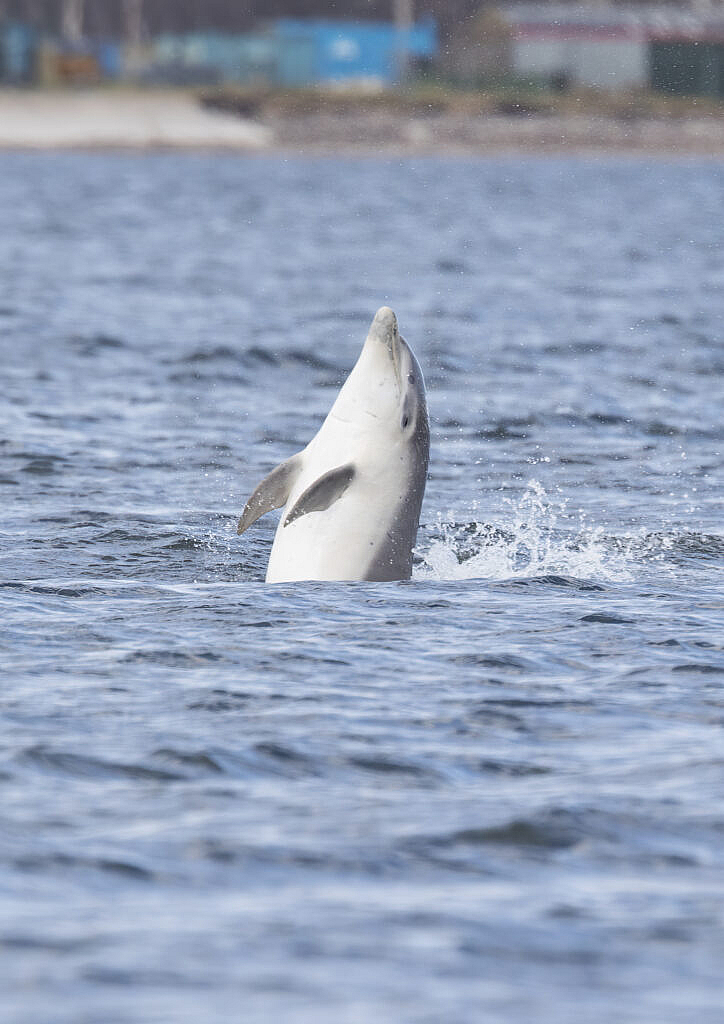
The first hint was that sudden bow wave, as a dolphin stopped swimming in an almost lazy way and put on a burst of speed. It vanished underwater, and moments later a dolphin – I’m not sure it was always the same one – would erupt into the air, leaping entirely clear of the water. Dolphins were doing it both forwards, and backwards. One brought a frond of seaweed along as a flourish. Another barrel-rolled in the air, entirely clear of the water.One would jump to the right of us, another to the left of us, and we were left swivelling our heads like a Wimbledon tennis crowd, not wanting to miss any of it. Occasionally a group of dolphins would jump together – I saw a pod of three all leap out of the air in perfect synchronisation just off the beach, like a gymnastics display team.
Watching them, it was impossible to avoid the impression that they were revelling in the powers of sleek bodies and their complete mastery of their environment; that this perhaps this display was nothing more sophisticated than sheer, unadulterated joy. For once in a life of watching and describing wildlife, I can use a word that I rarely do: the dolphins seemed… happy.
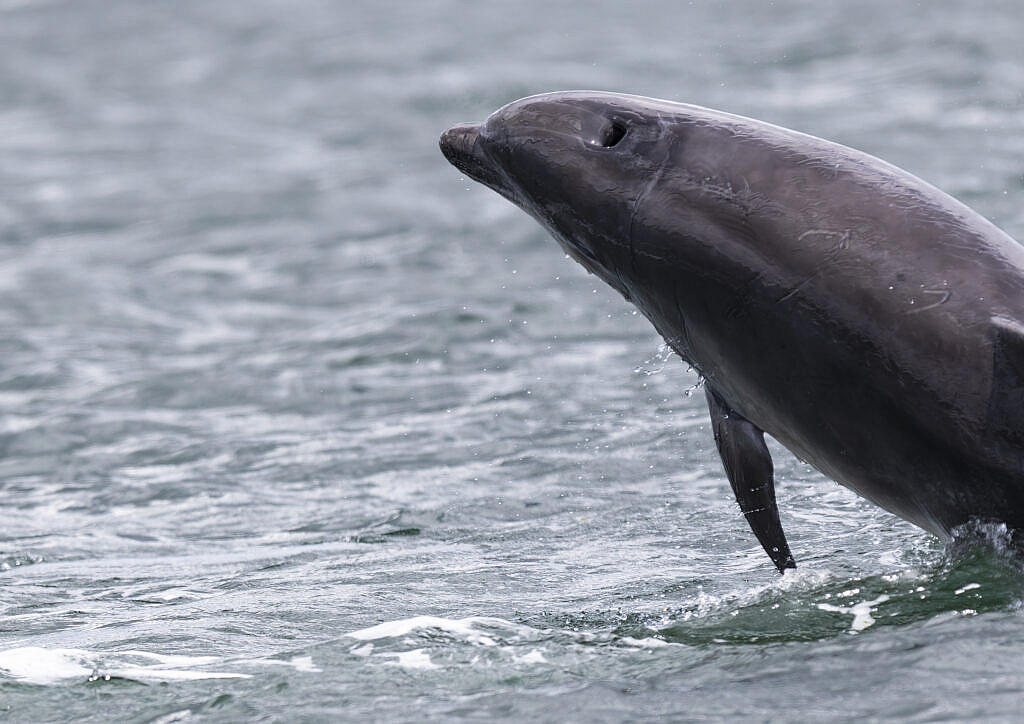
All too quickly, the display was over. The dolphins slipped back under the waves. Occasionally I could glimpse a fin briefly, far out to sea. Scotland’s population of bottlenose dolphins, estimated at something like 220 animals, is stable or even increasing slightly. For now, these social animals, although under pressure, live their lives as they have always done. And that makes me feel quite joyous, too.
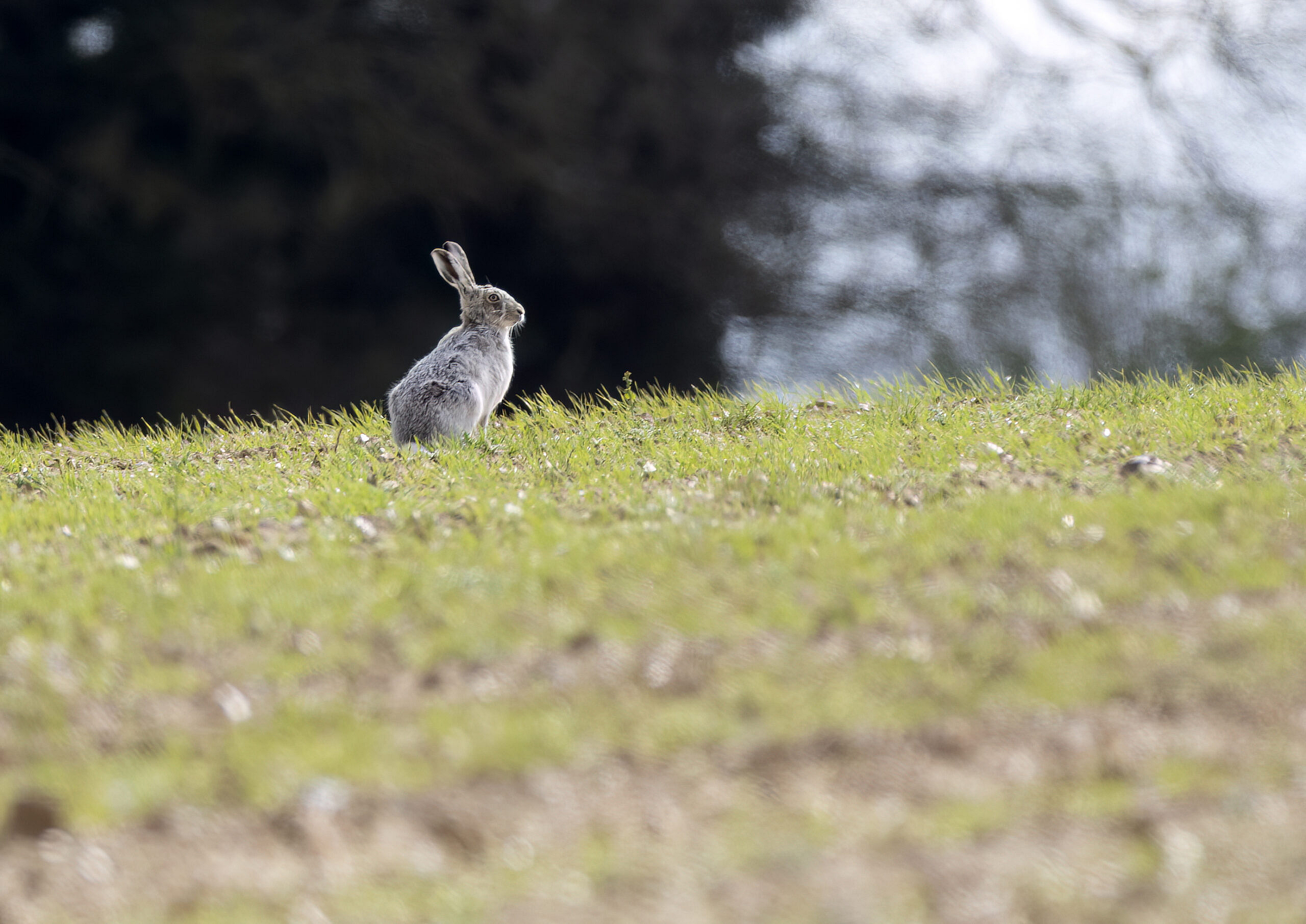
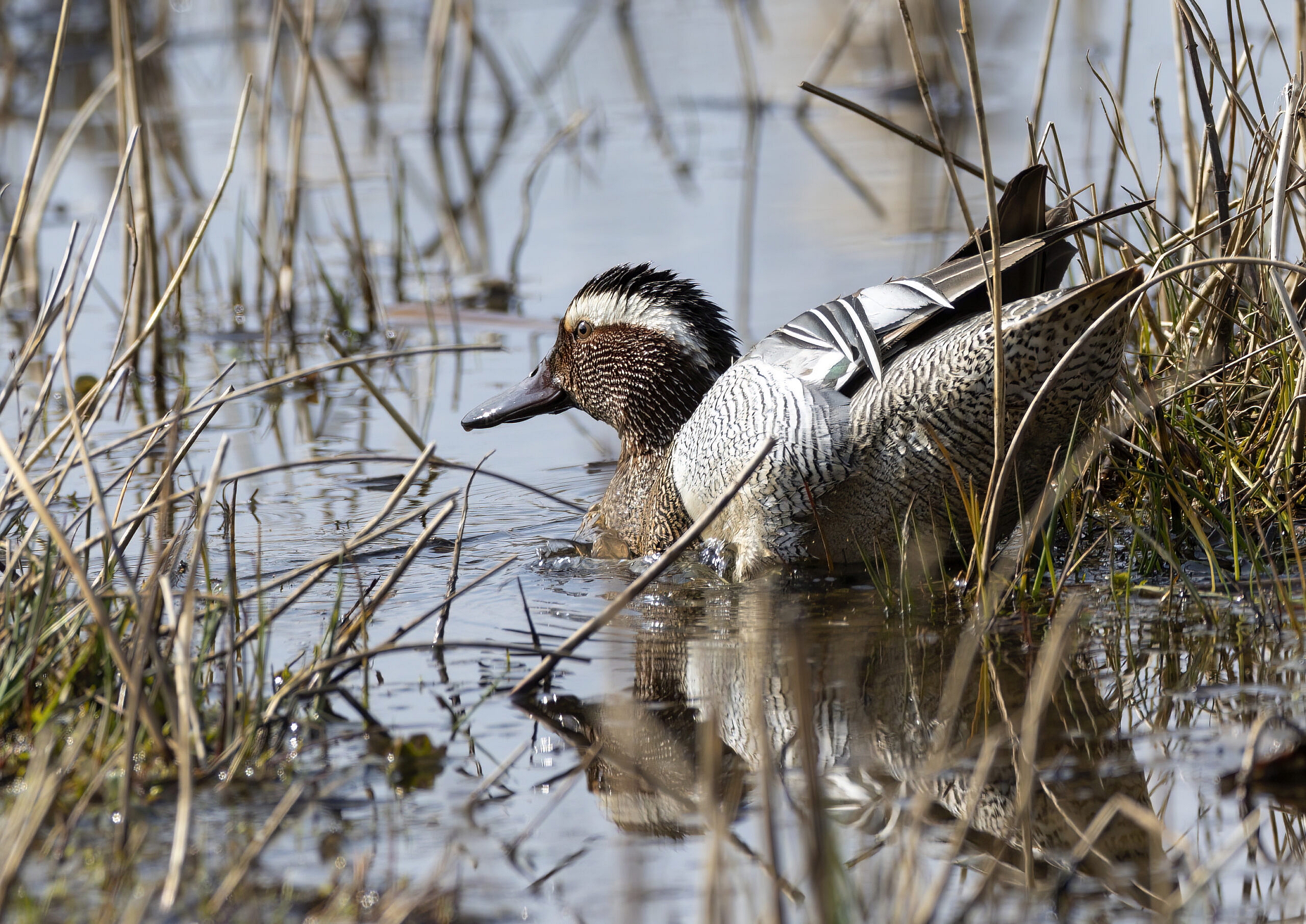
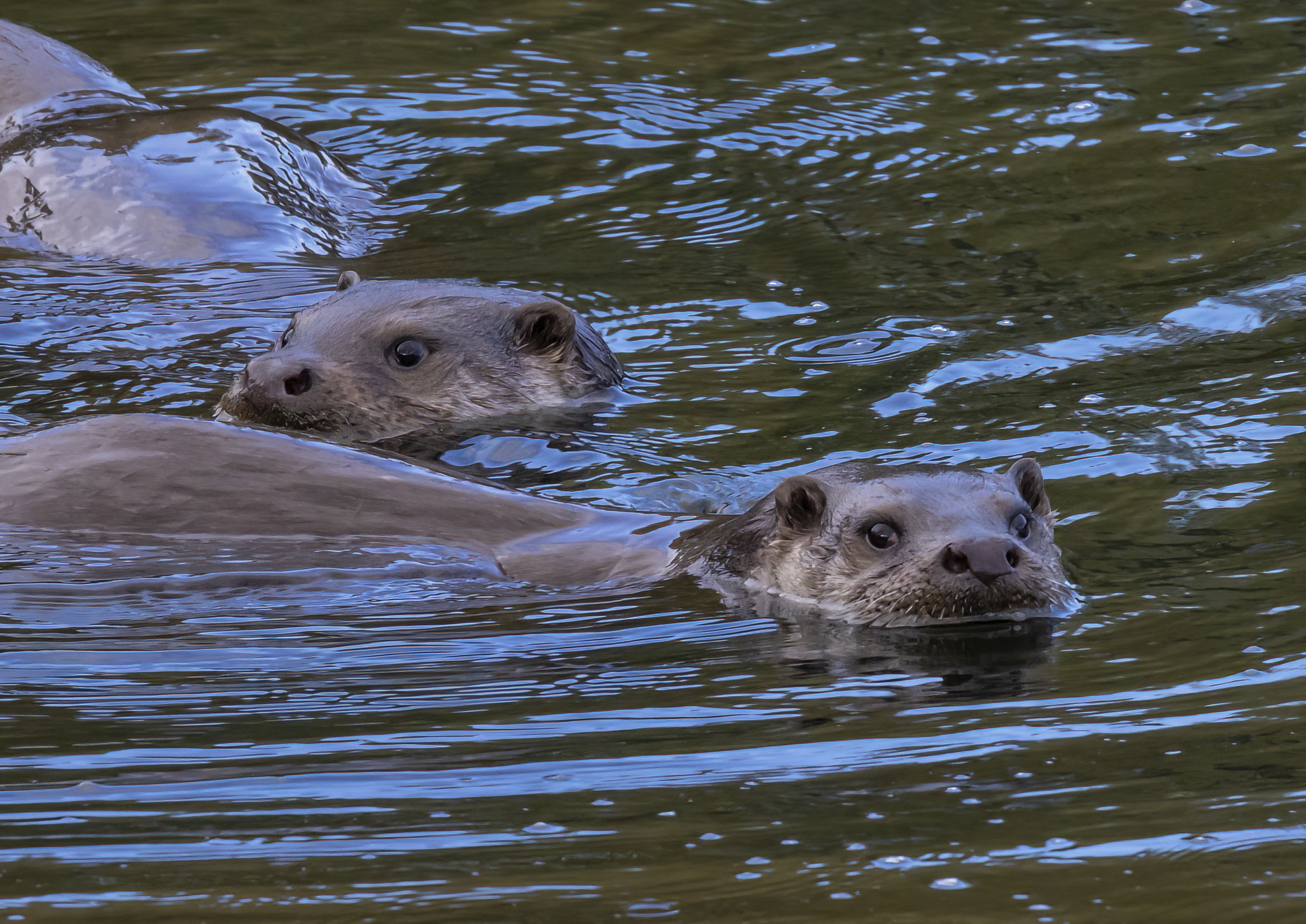

1 comments On Unrestrained joy
That sounds wonderful. What a marvellous thing to see in the wild!
Comments are closed.